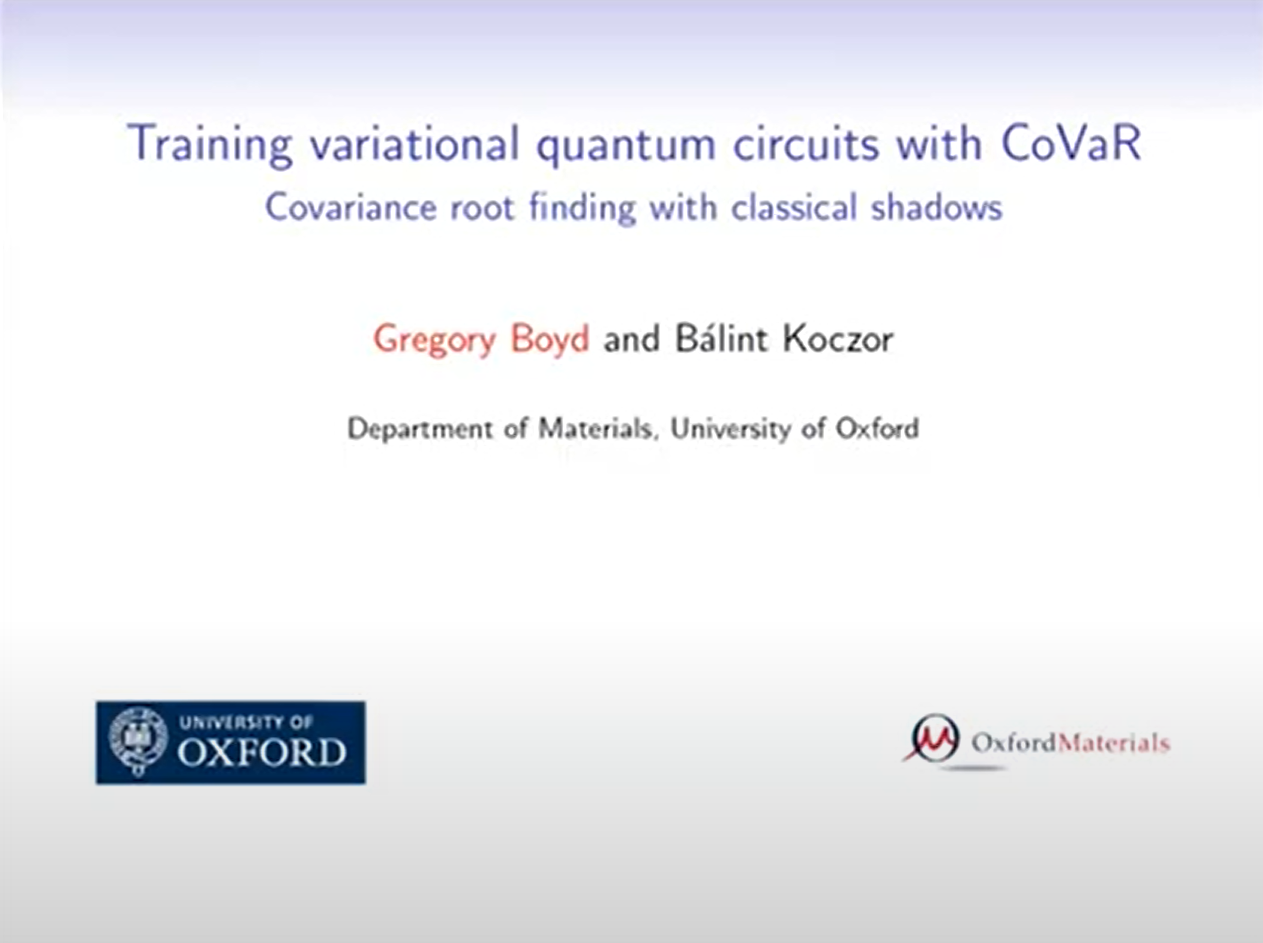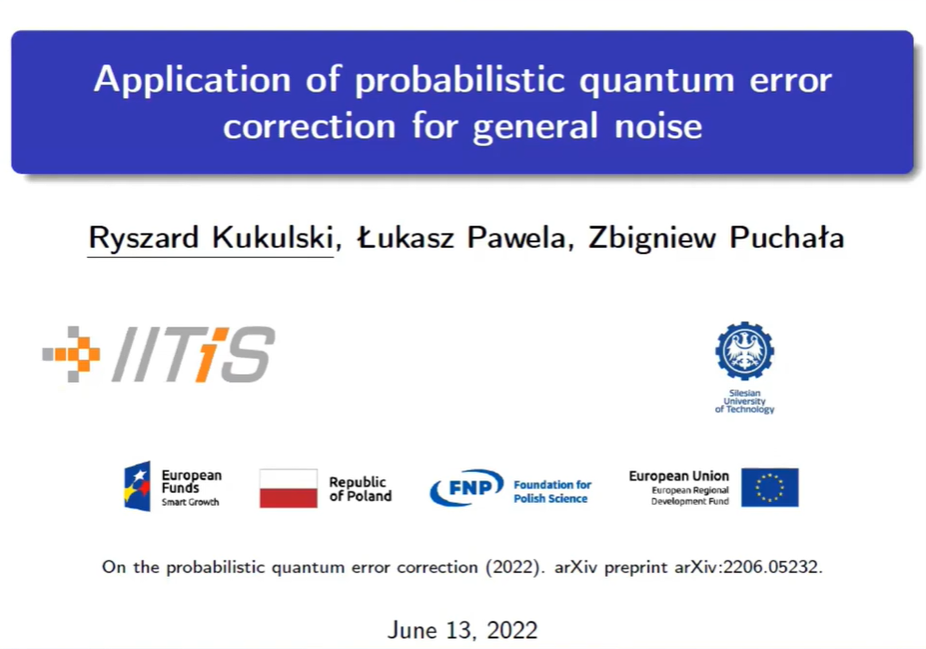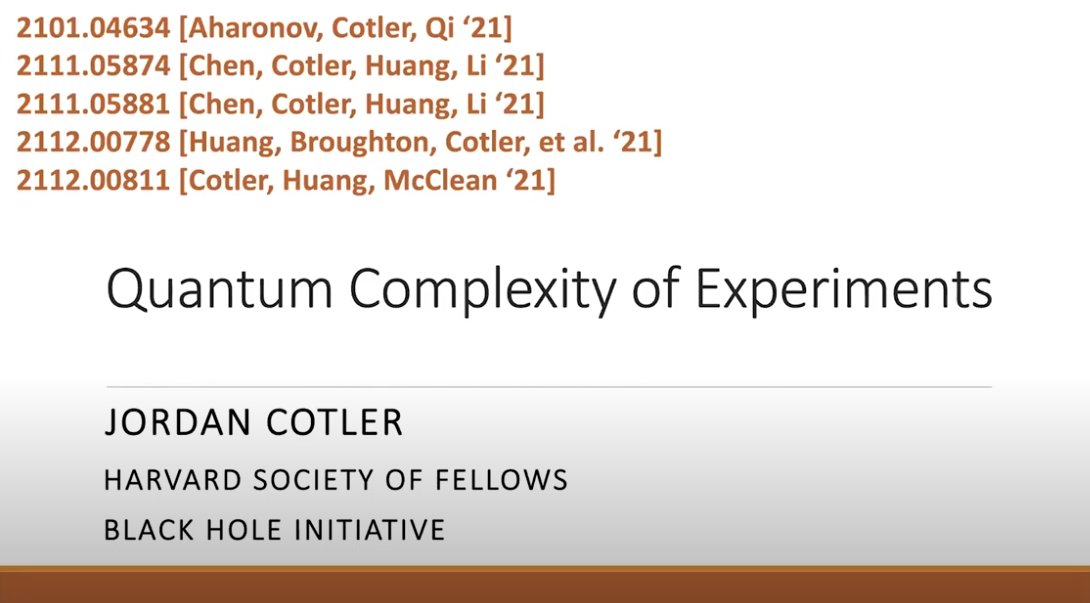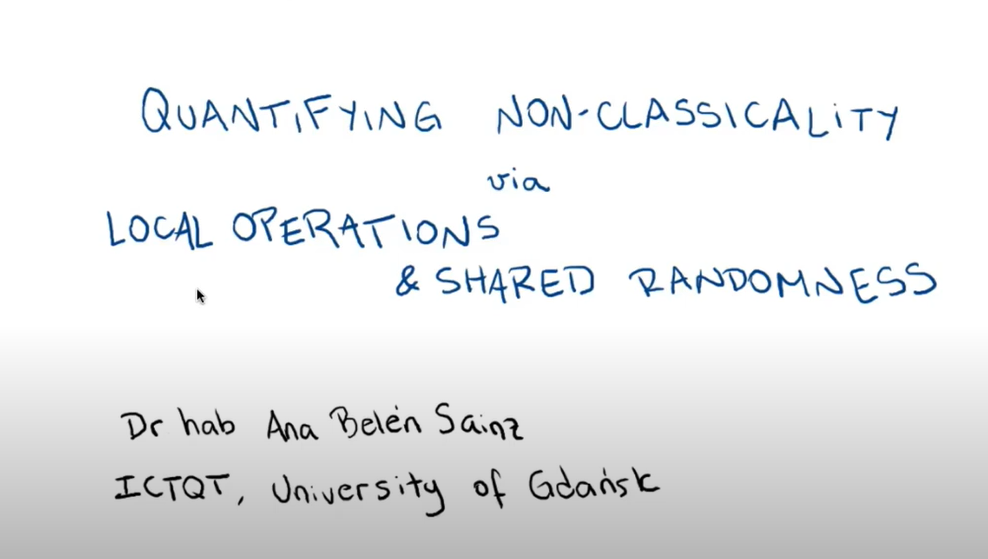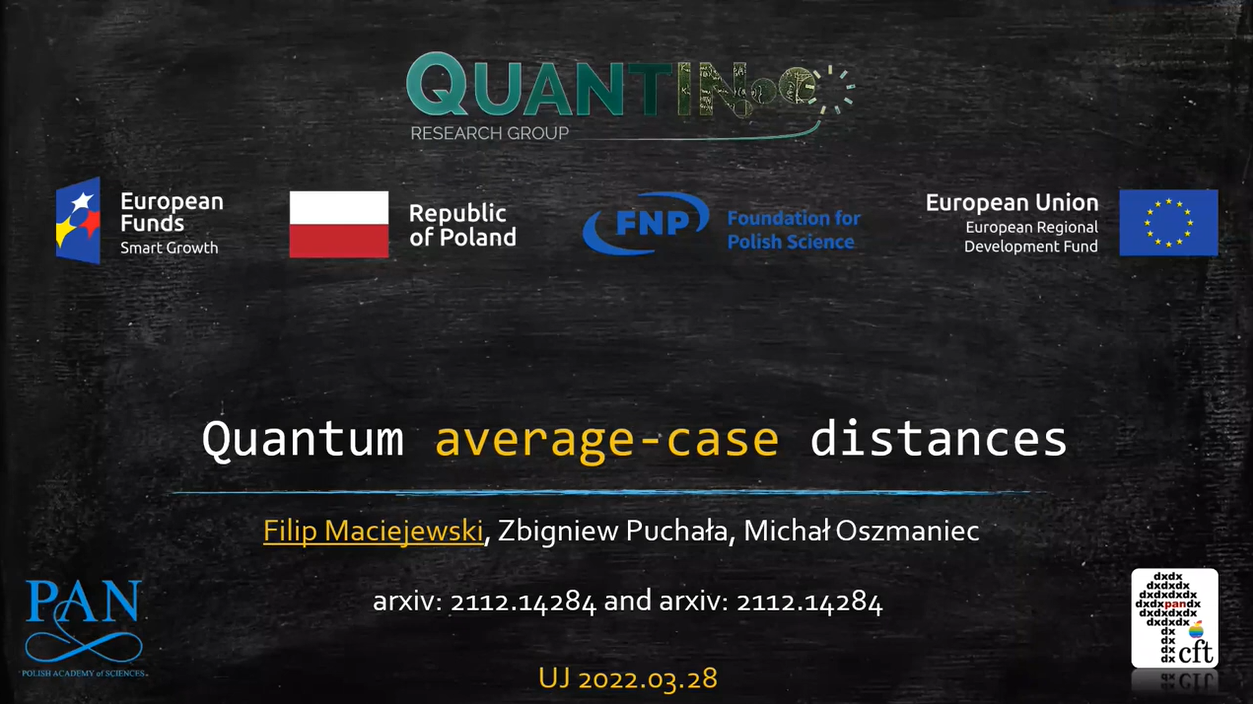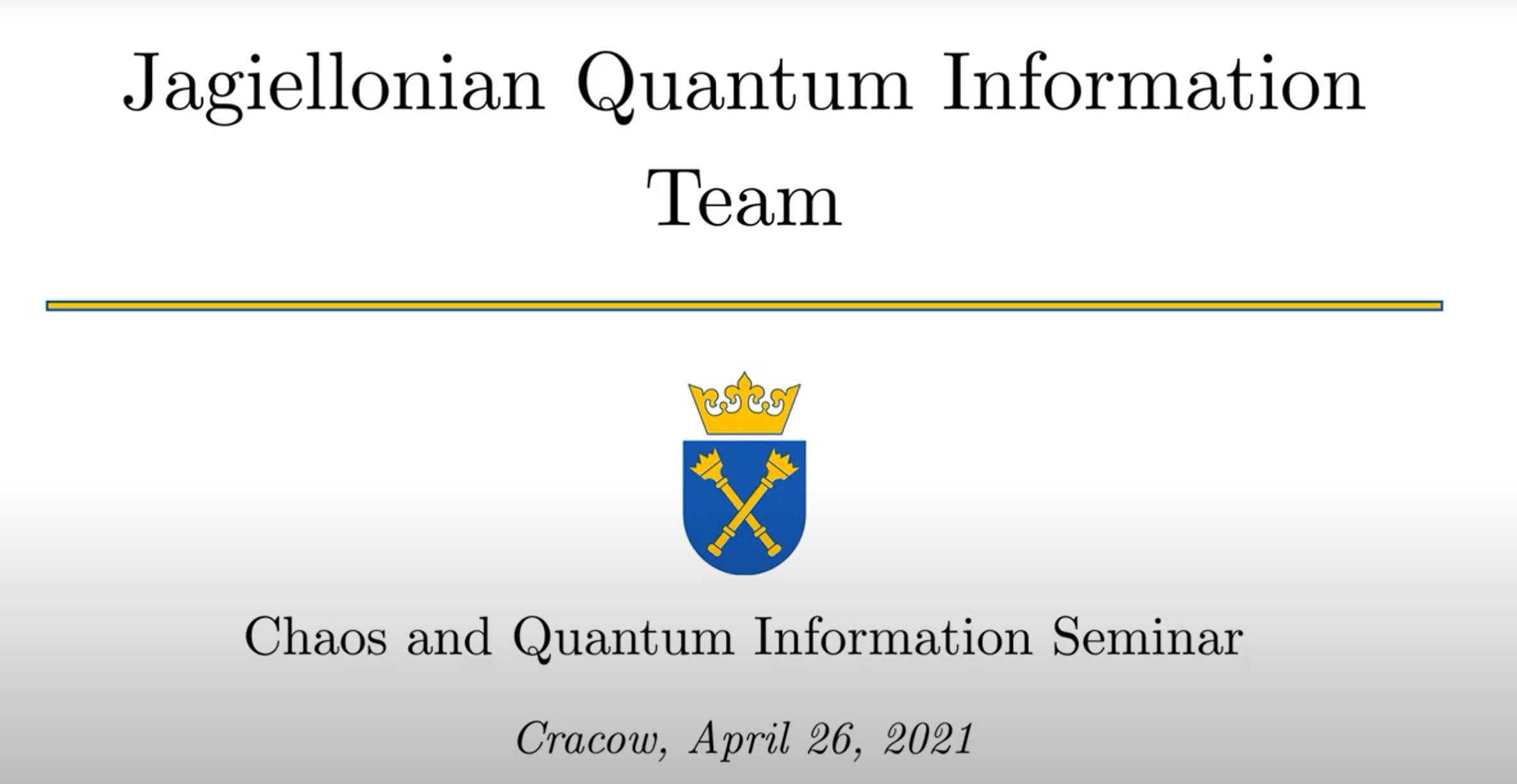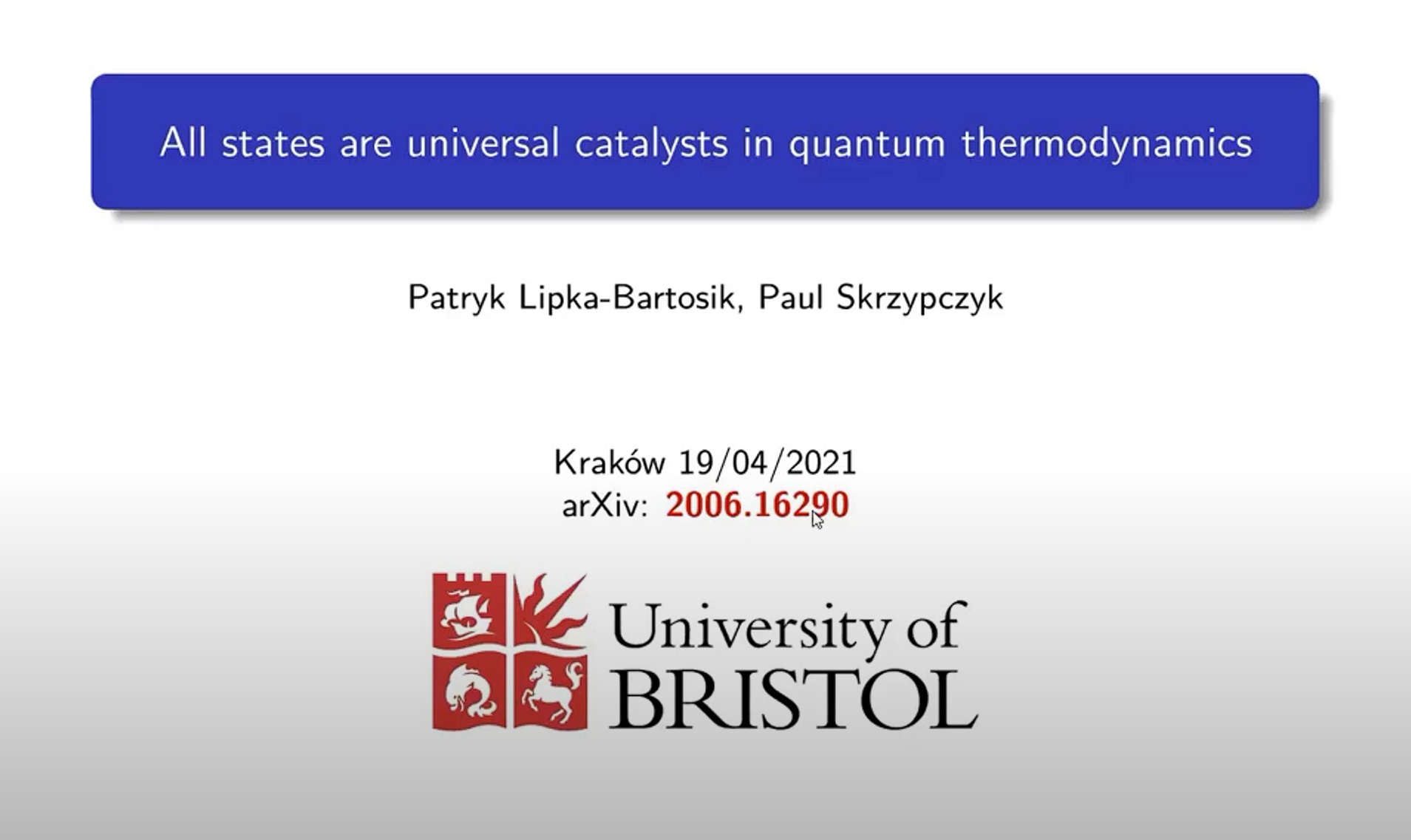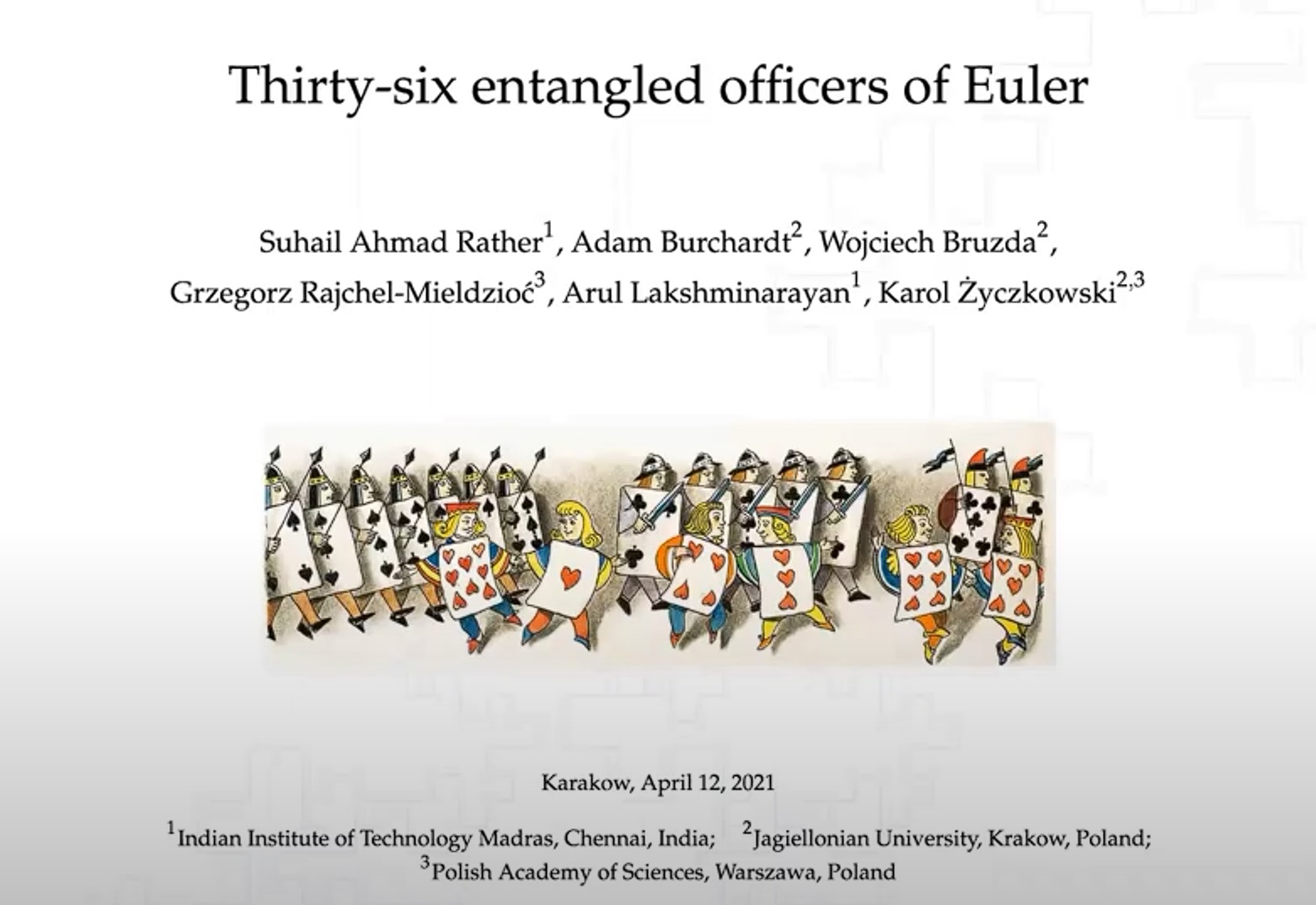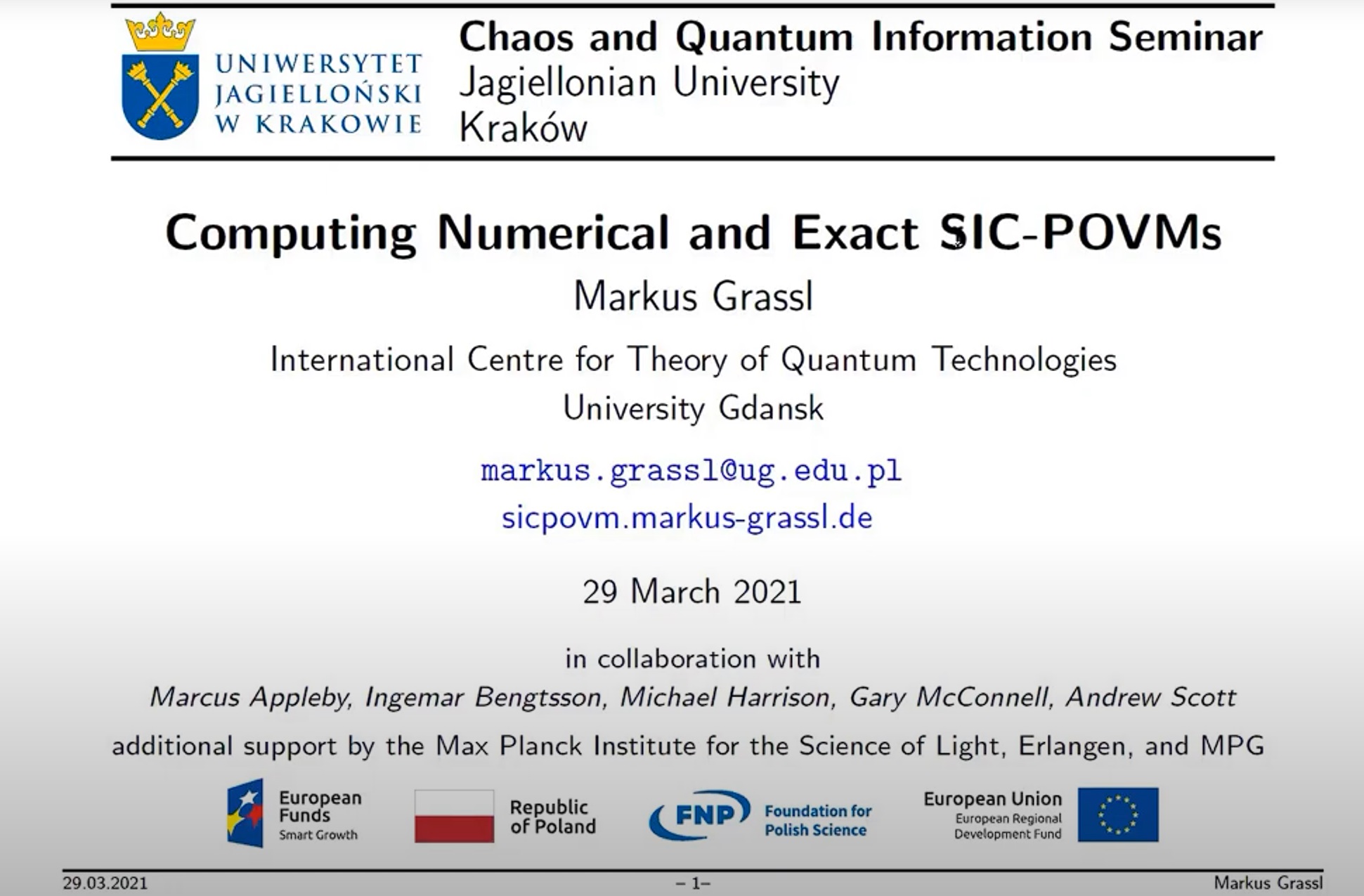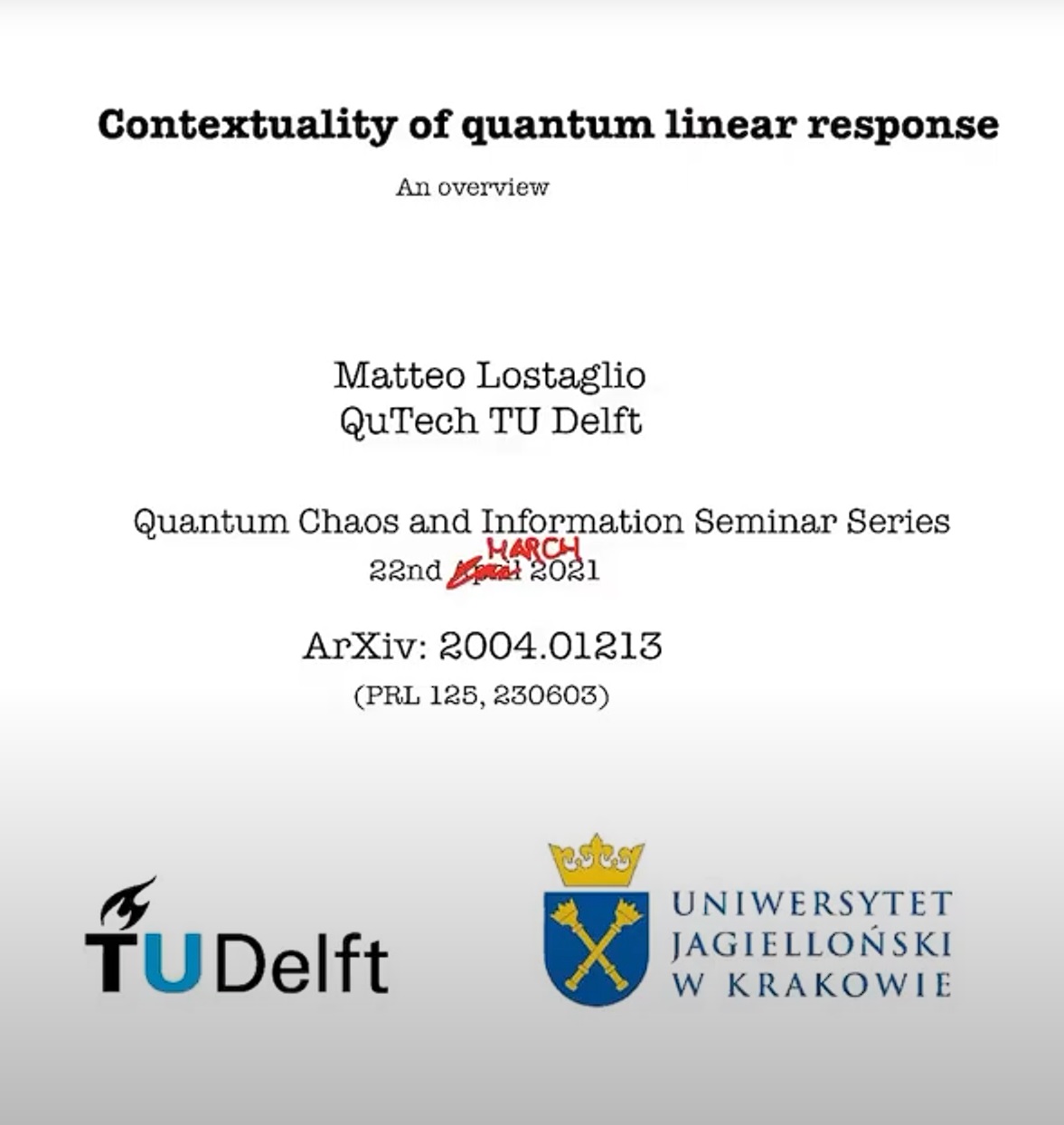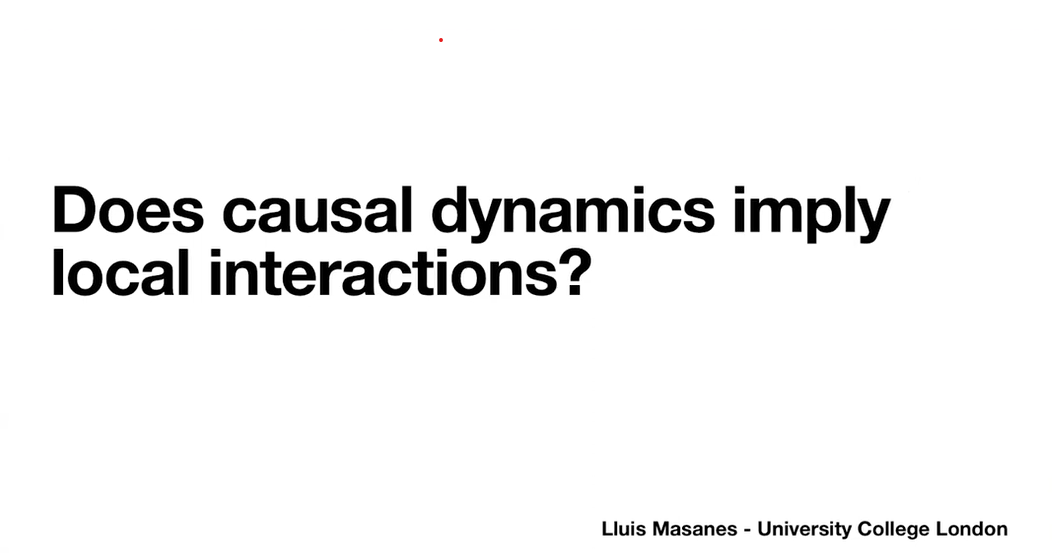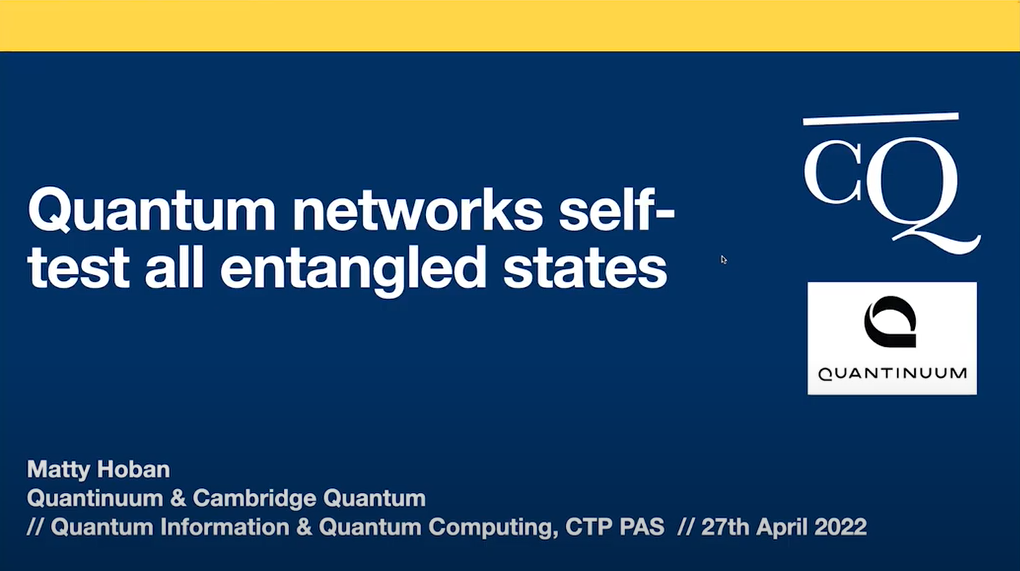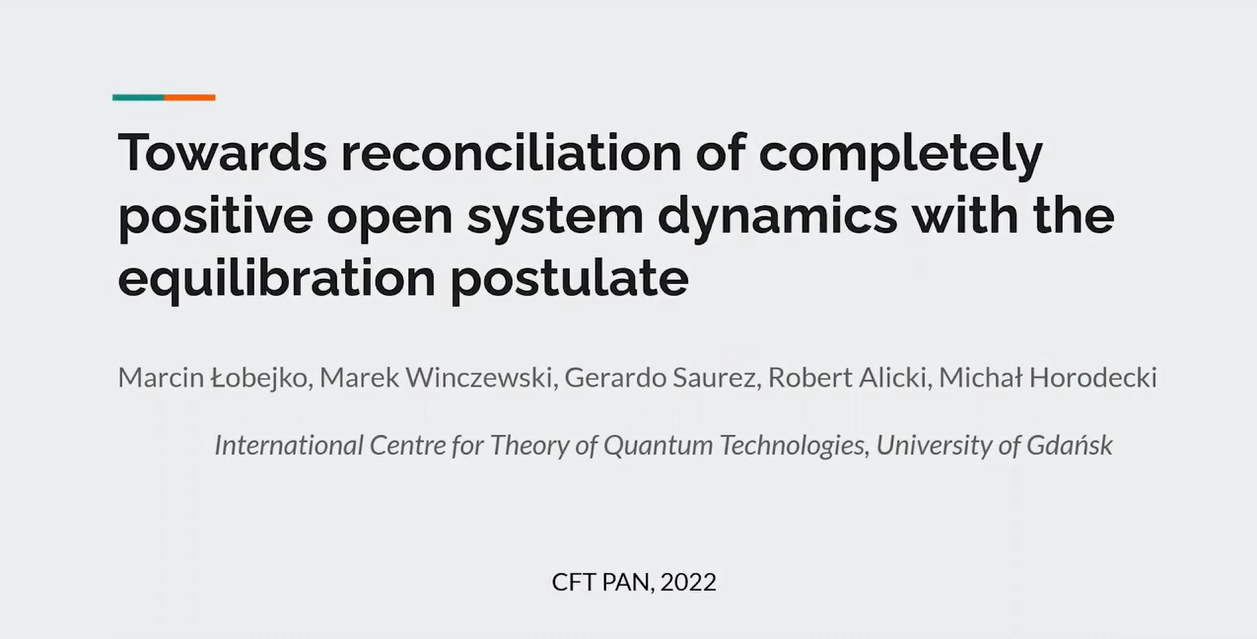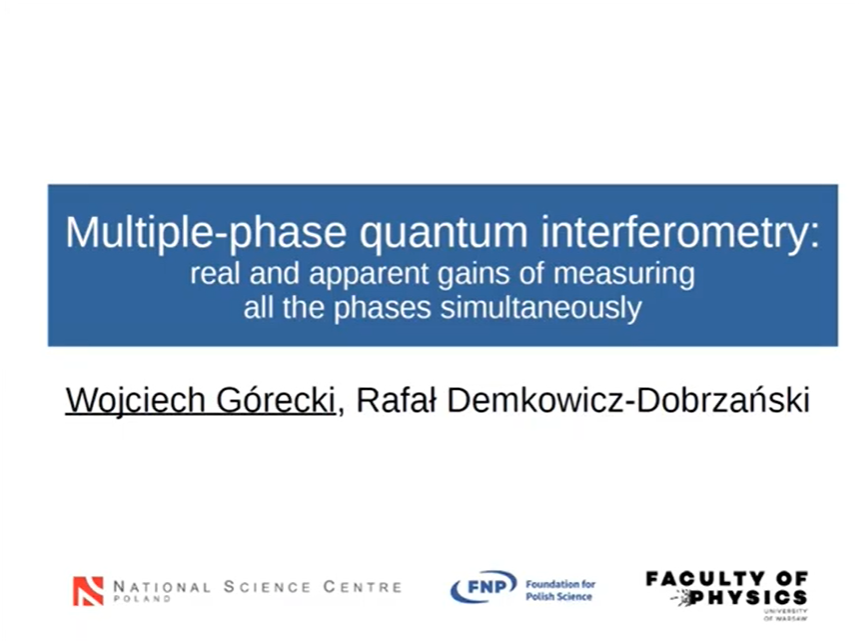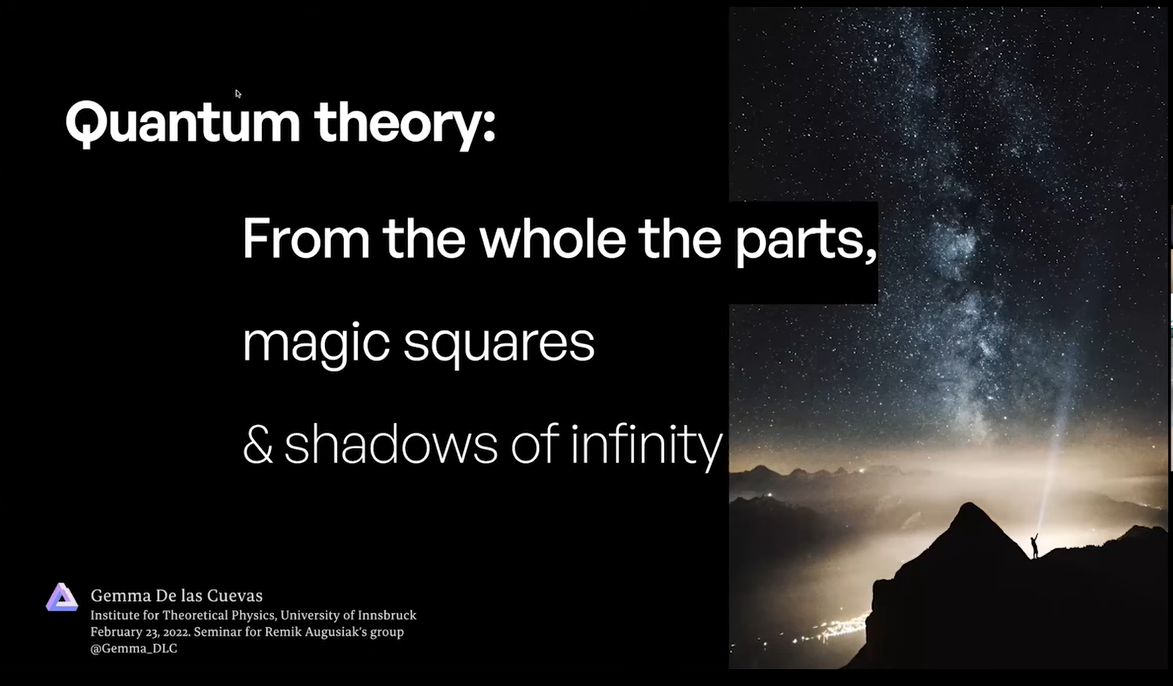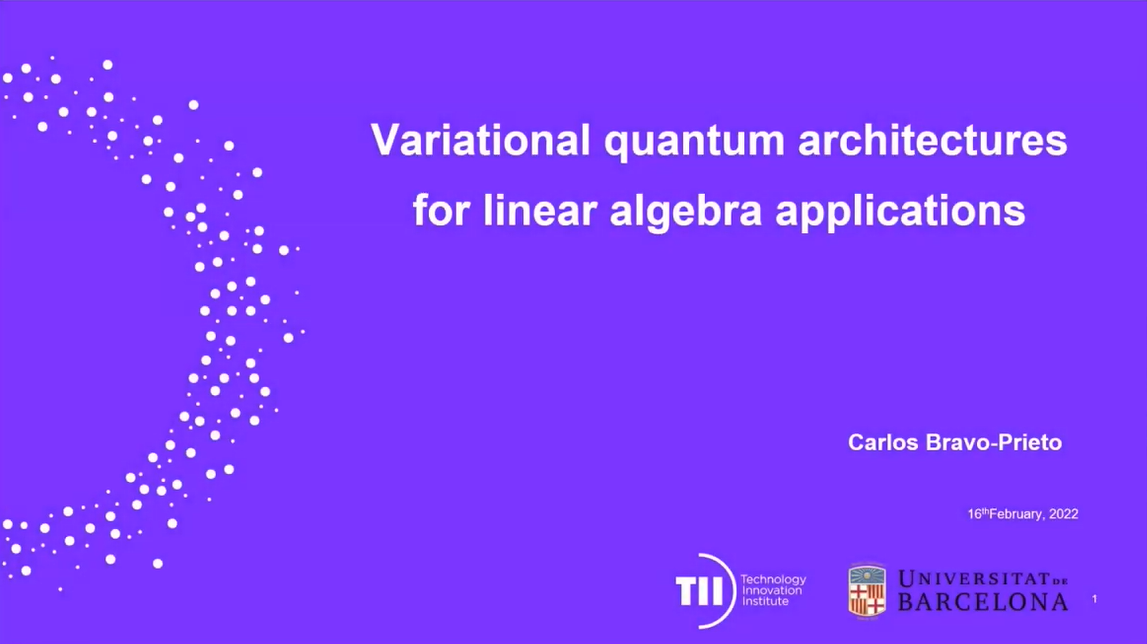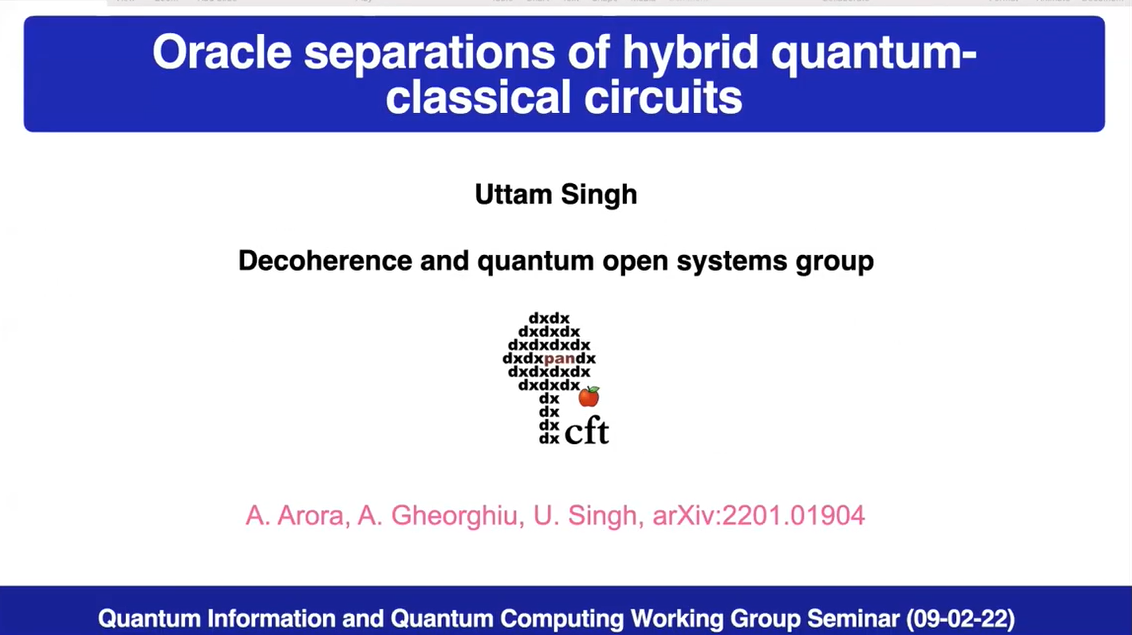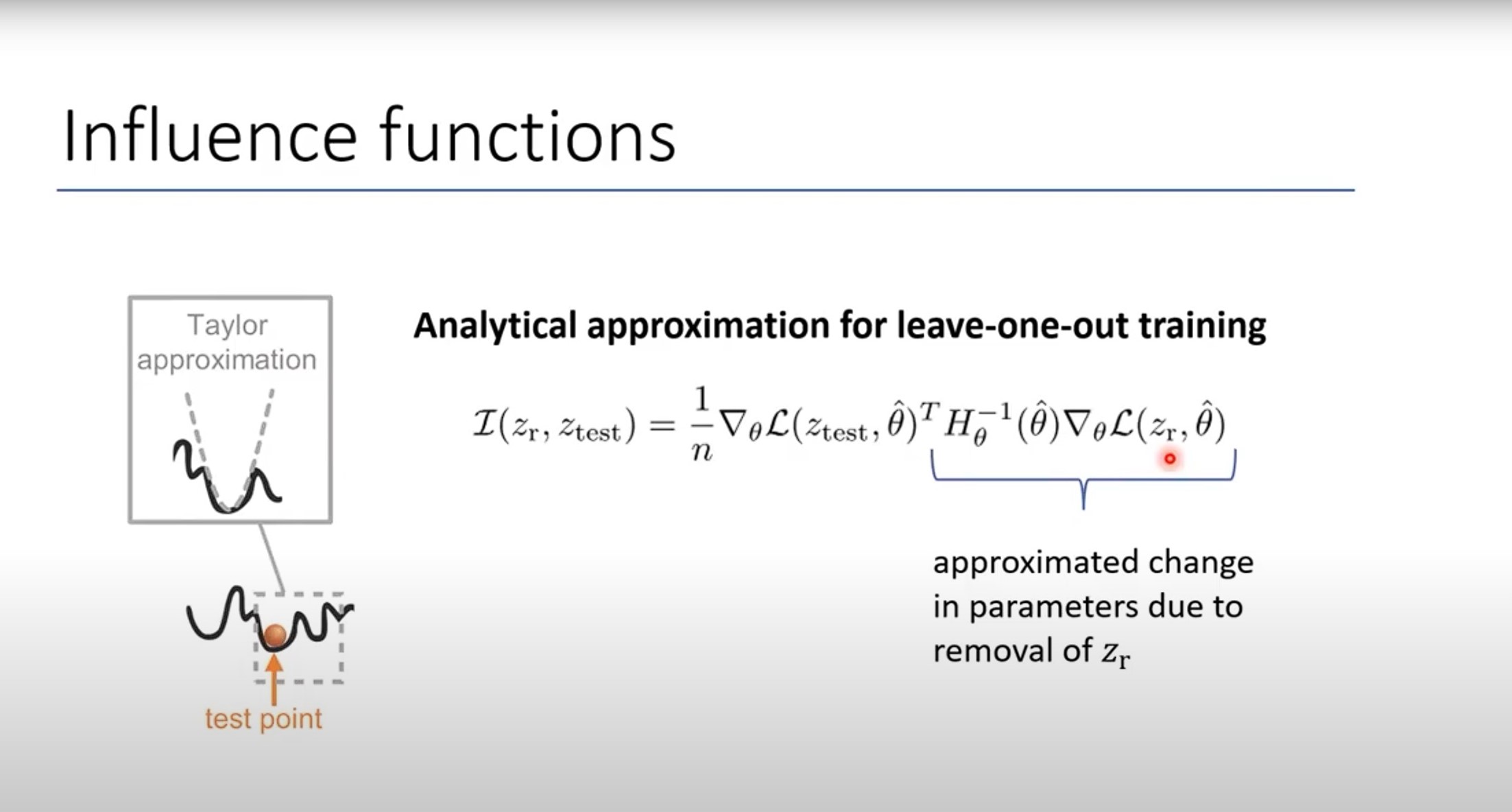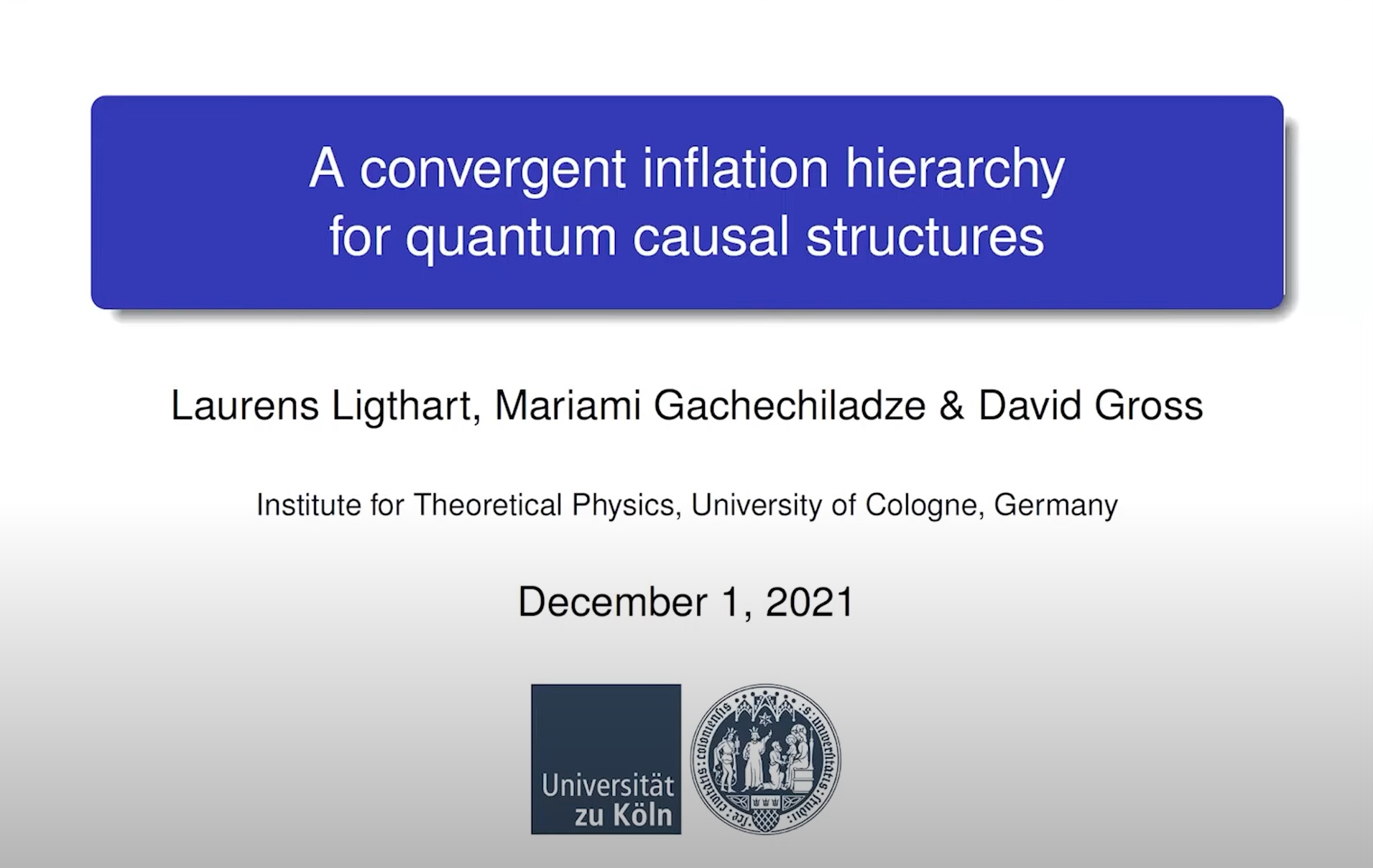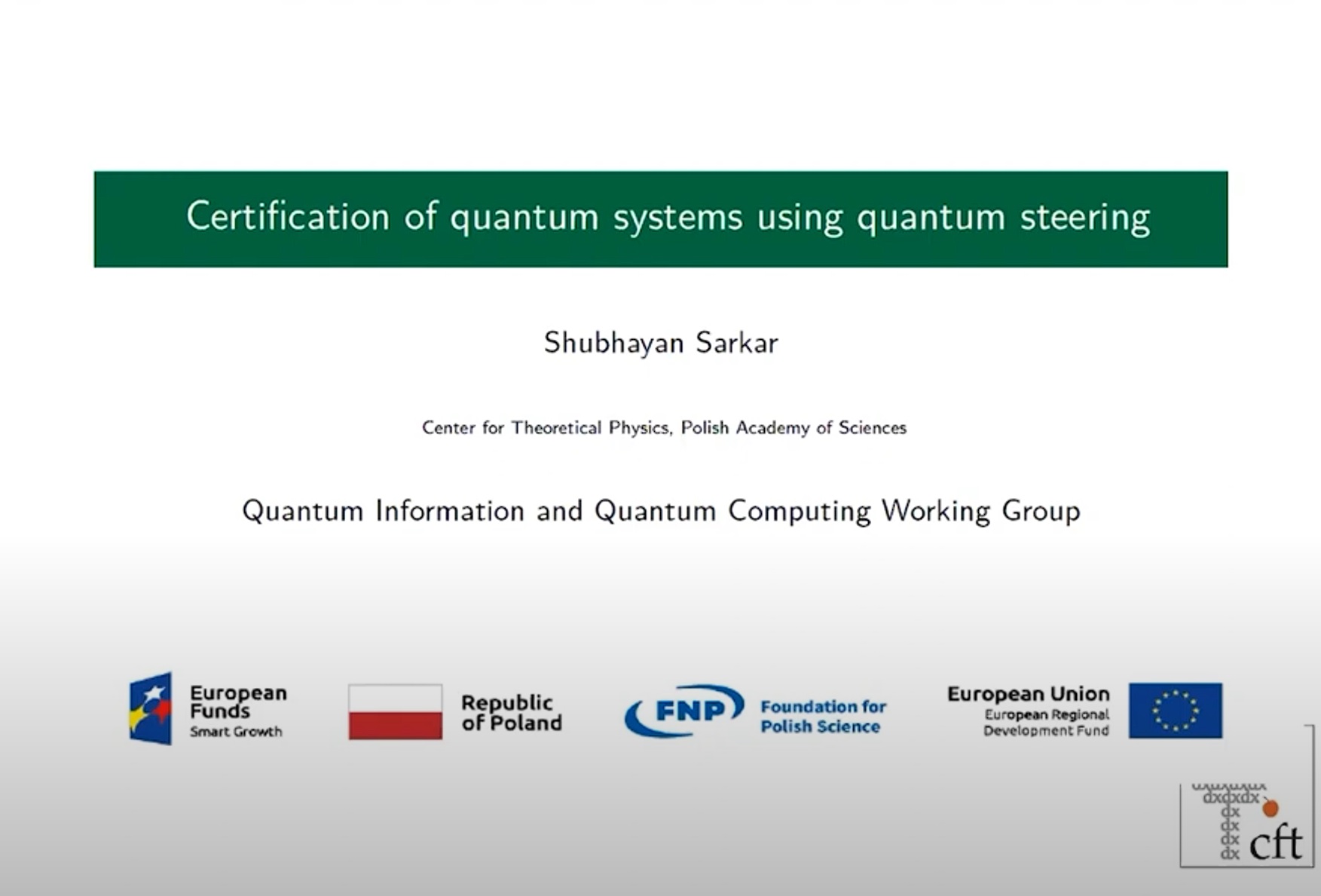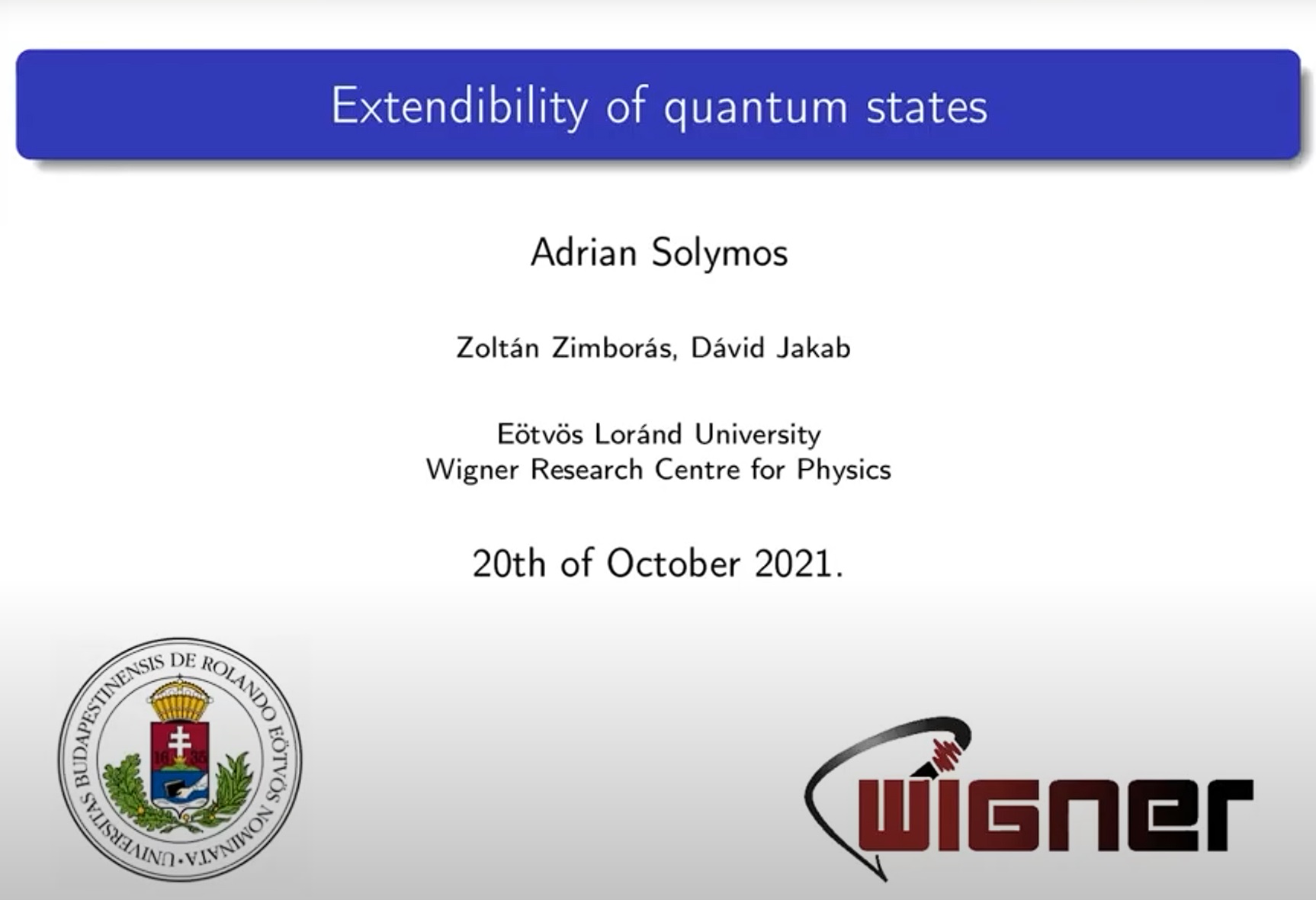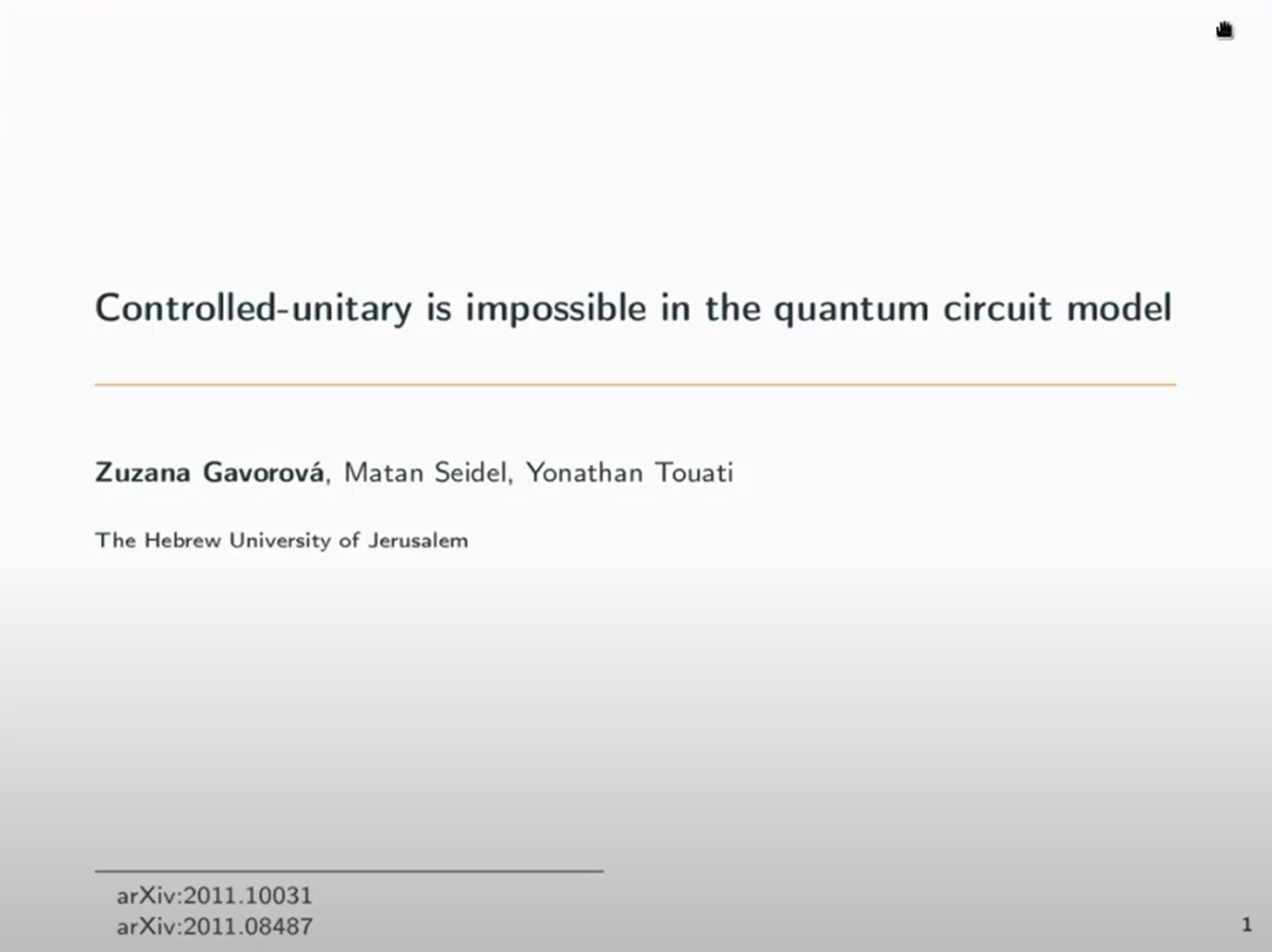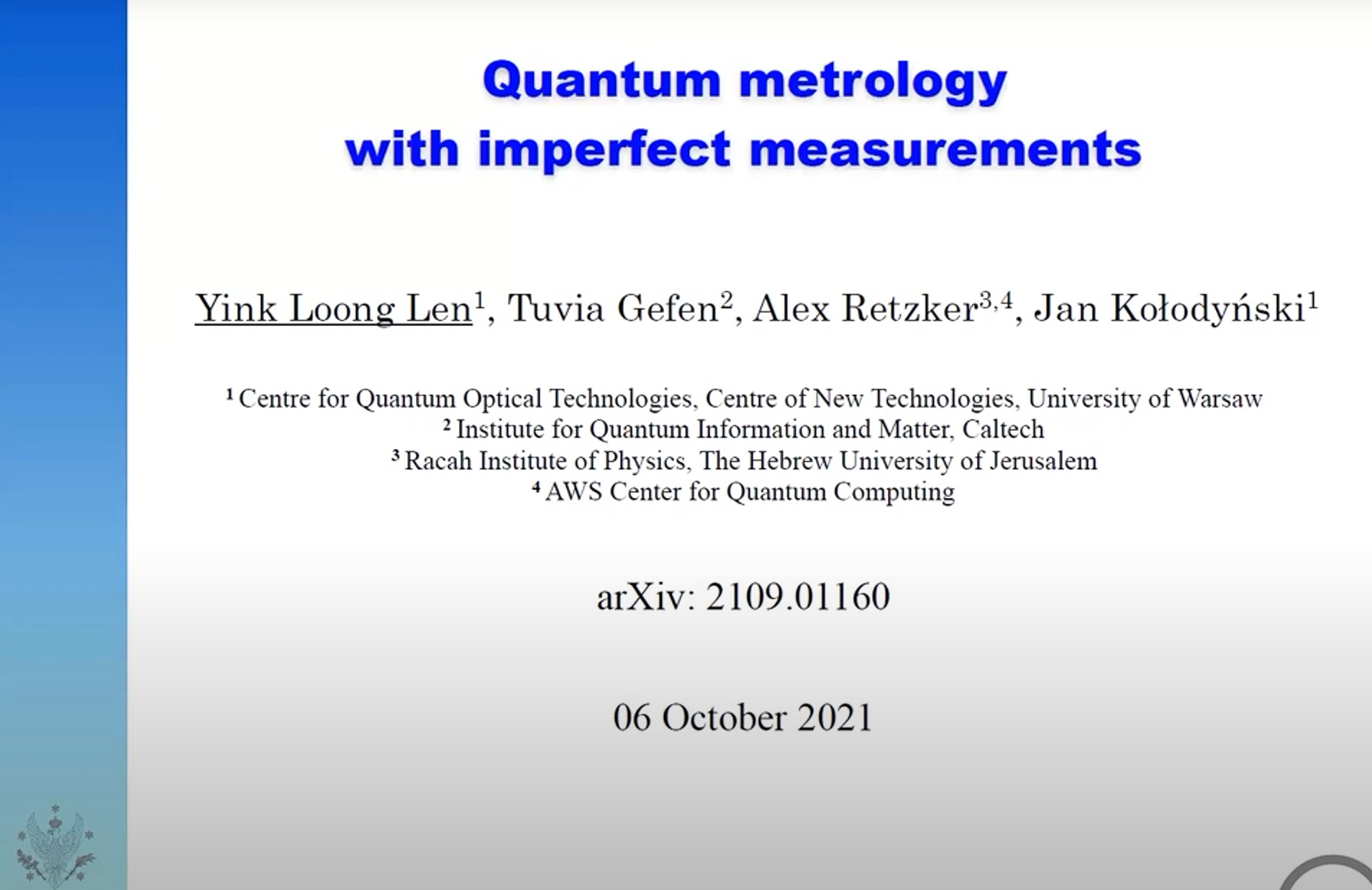Anna Dawid (U. Warsaw): Hessian-based toolbox for interpretable and reliable machines learning physics
Quantum Information and Quantum Computing Seminars CTP PAS 2022-01-19
Hessian-based toolbox for interpretable and reliable machines learning physics Identifying phase transitions is one of the key problems in quantum many-body physics. The challenge is the exponential growth of the complexity of quantum systems’ description with the number of studied particles, which quickly renders exact numerical analysis impossible. A promising alternative is to harness the power of machine learning (ML) methods designed to deal with large datasets [1]. However, ML models, and especially neural networks (NNs), are known for their black-box construction, i.e., they usually hinder any insight into the reasoning behind their predictions. As a result, if we apply ML to novel problems, neither we can fully trust their predictions (lack of reliability) nor learn what the ML model learned (lack of interpretability). I will present a set of Hessian-based methods opening the black box of ML models, increasing their interpretability and reliability. We demonstrate how these methods can guide physicists in understanding patterns responsible for the phase transition. We also show that influence functions allow checking that the NN, trained to recognize known quantum phases, can predict new unknown ones. We present this power both for the numerically simulated data from the one-dimensional extended spinless Fermi-Hubbard model [2] and experimental topological data [3]. We also show how we can generate error bars for the NN’s predictions and check whether the NN predicts using extrapolation instead of extracting information from the training data [4]. The presented toolbox is entirely independent of the ML model’s architecture and is thus applicable to various physical problems. 1] J. Carrasquilla. (2020). Machine learning for quantum matter, Advances in Physics: X, 5:1. [2] A. Dawid et al. (2020). Phase detection with neural networks: interpreting the black box. New J. Phys. 22, 115001. [3] N. Käming, A. Dawid, K. Kottmann et al. (2021). Unsupervised machine learning of topological phase transitions from experimental data. Mach. Learn.: Sci. Technol. 2, 035037.
Other seminars

Giulio Chiribella (University of Hong Kong): Optimal programming of quantum gates - Duplicate27-06-2022
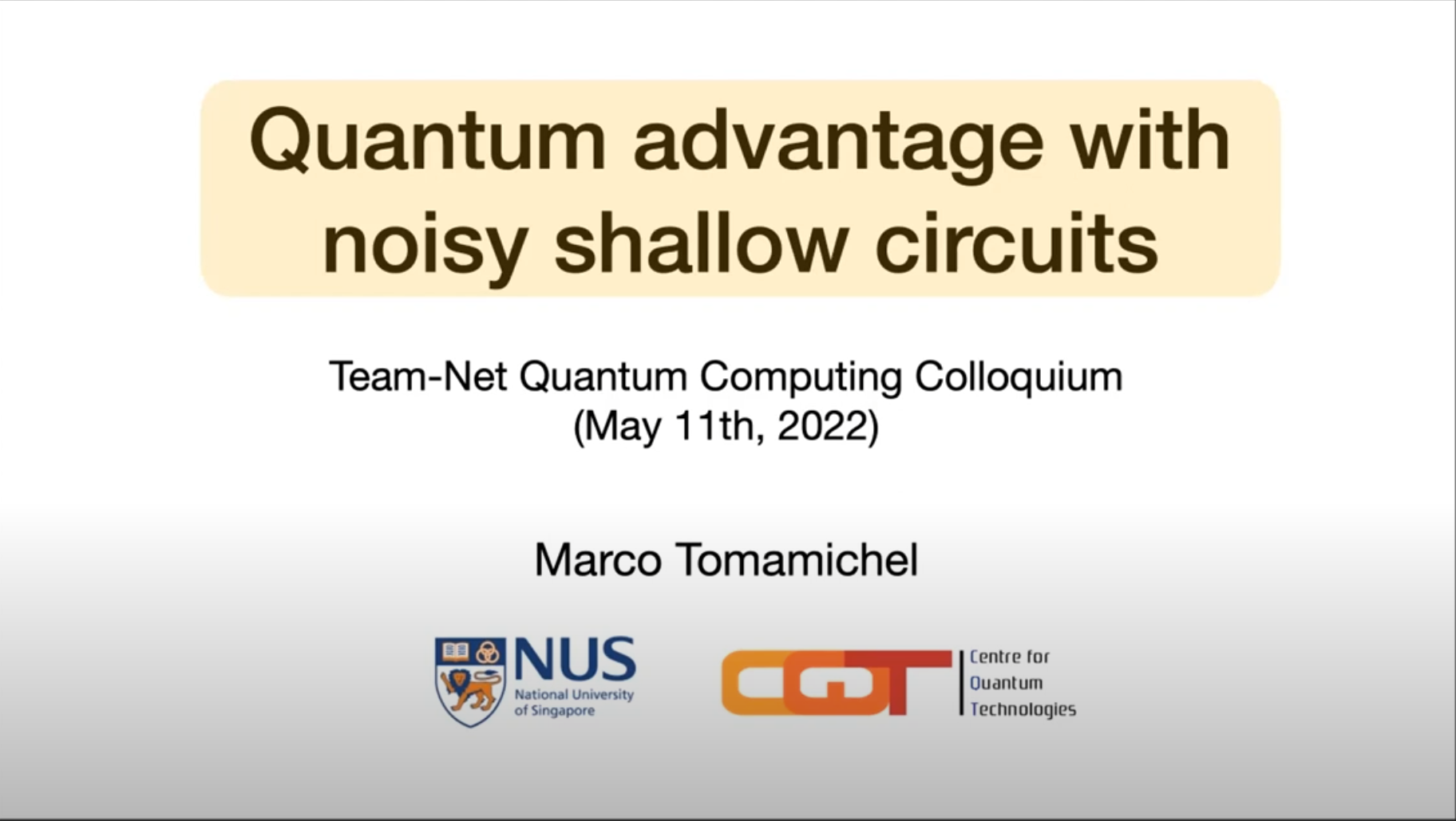
Marco Tomamichel (National University of Singapore): Quantum advantage with noisy shallow circuits17-05-2022
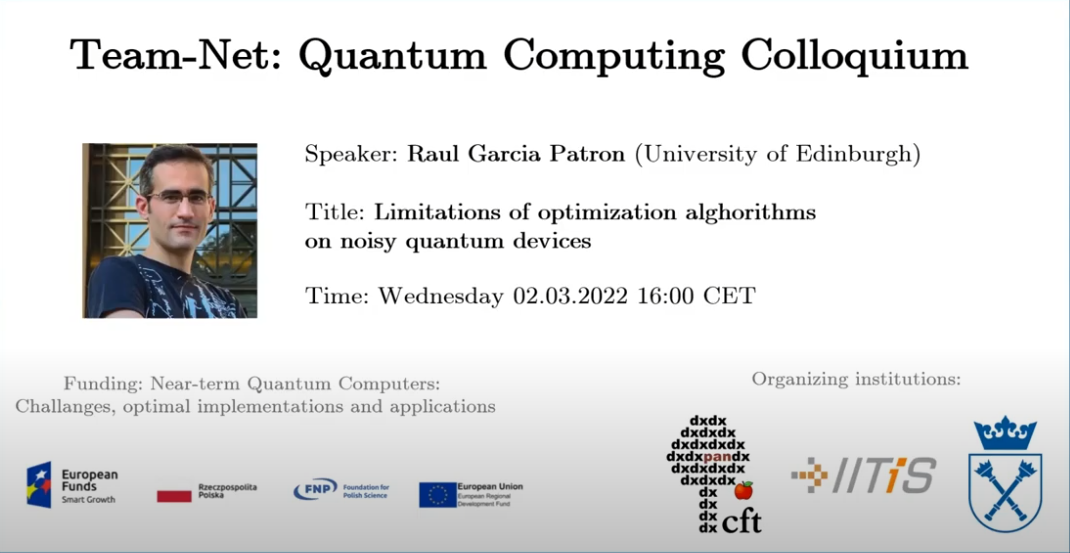
R. Patron (University of Edinburgh): Limitations of optimization algorithms on noisy quantum devices02-03-2022
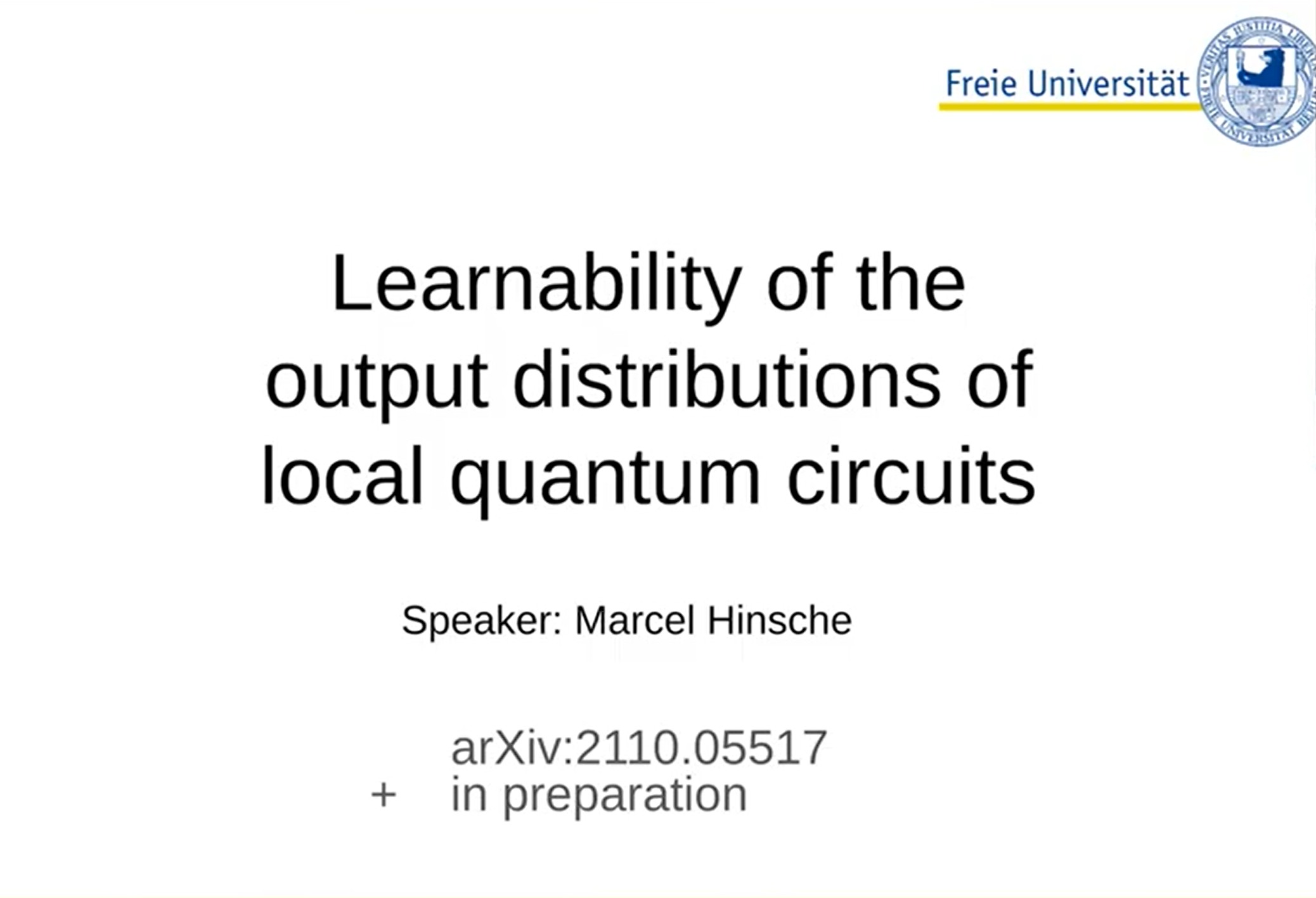
Marcel Hinsche (FU Berlin): Learnability of the output distributions of local quantum circuits25.05.2022
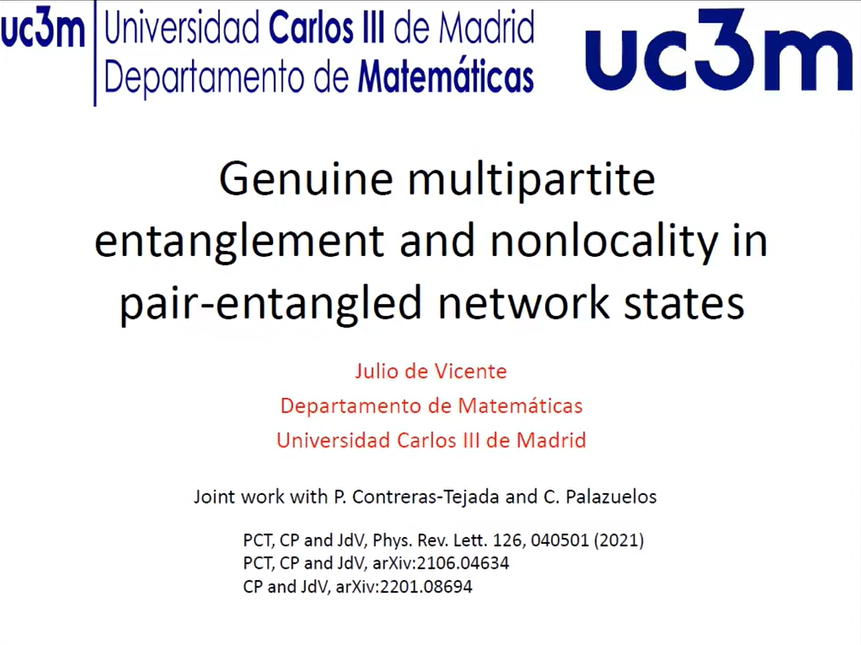
Julio de Vicente: Genuine multipartite entanglement and nonlocality in pair-entangled network states20.04.2022
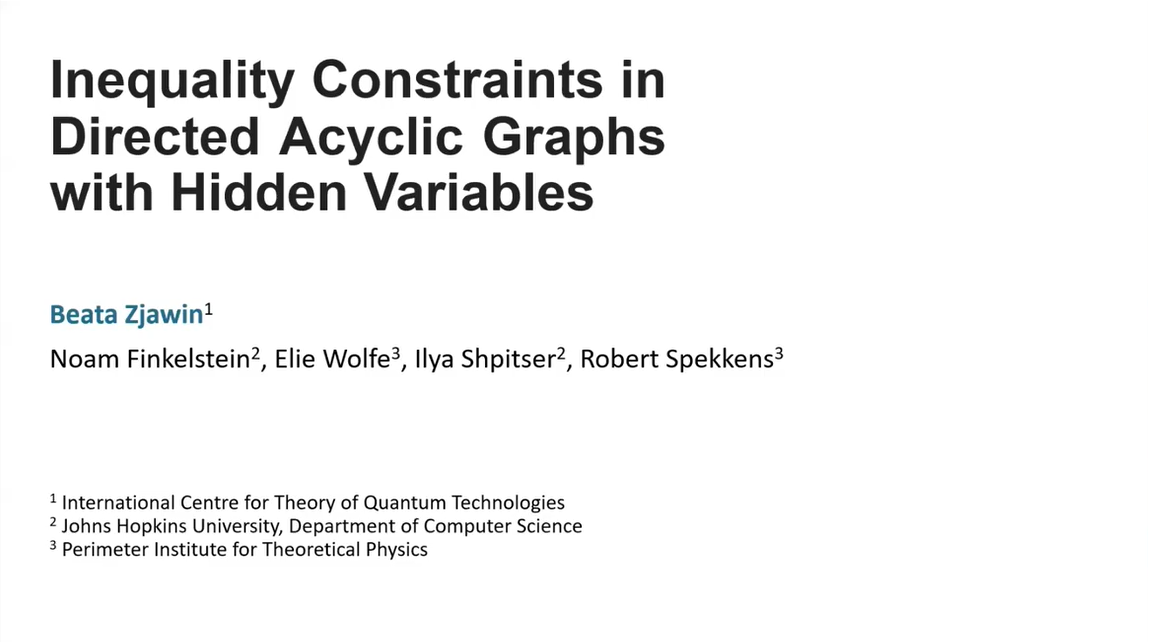
Beata Zjawin (ICTQT): Inequality Constraints in Directed Acyclic Graphs with Hidden Variables02.02.2022
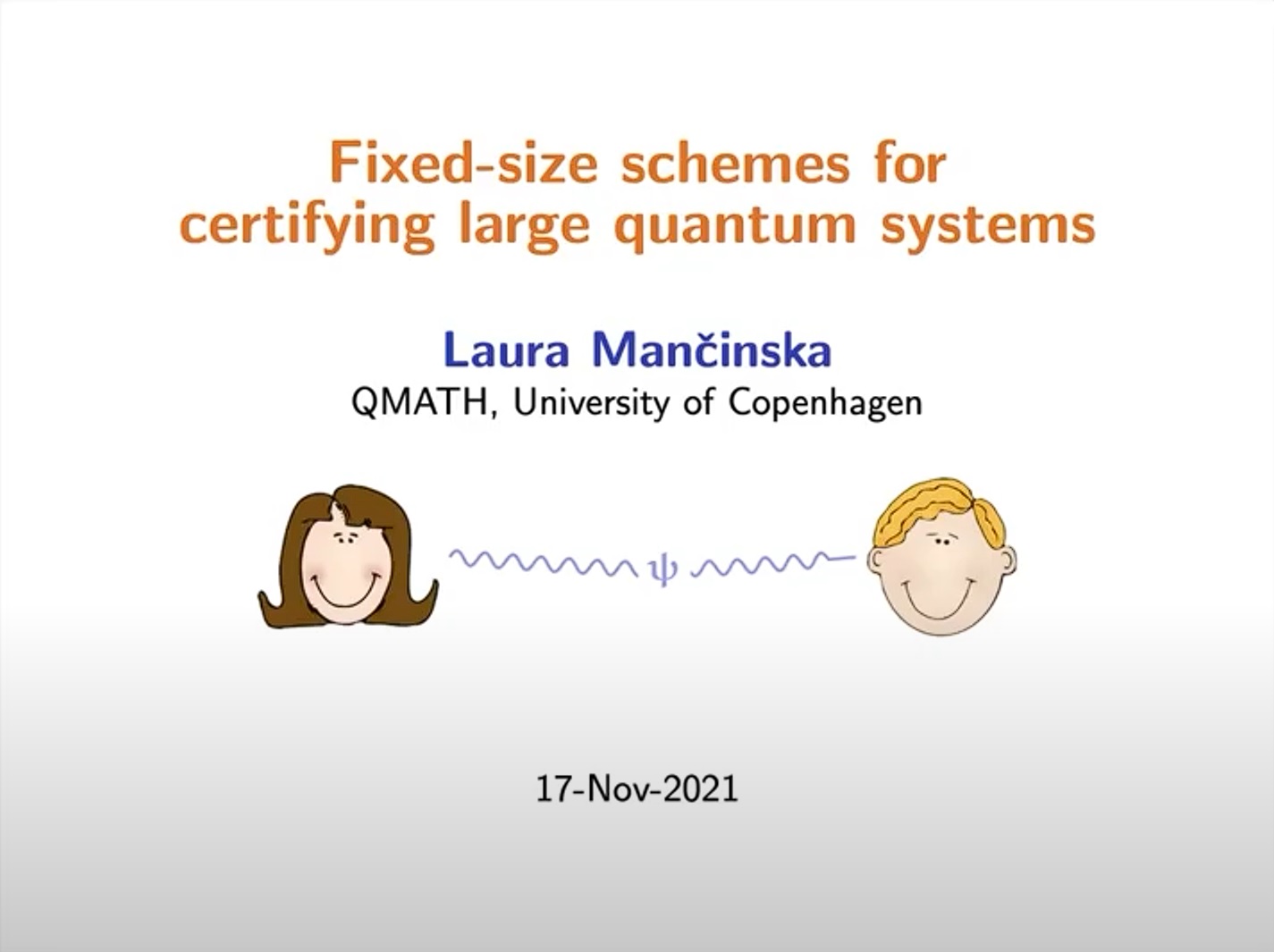
Laura Mancinska (QMATH, Copenhagen): Fixed-size schemes for certification of large quantum systems17-11-2021
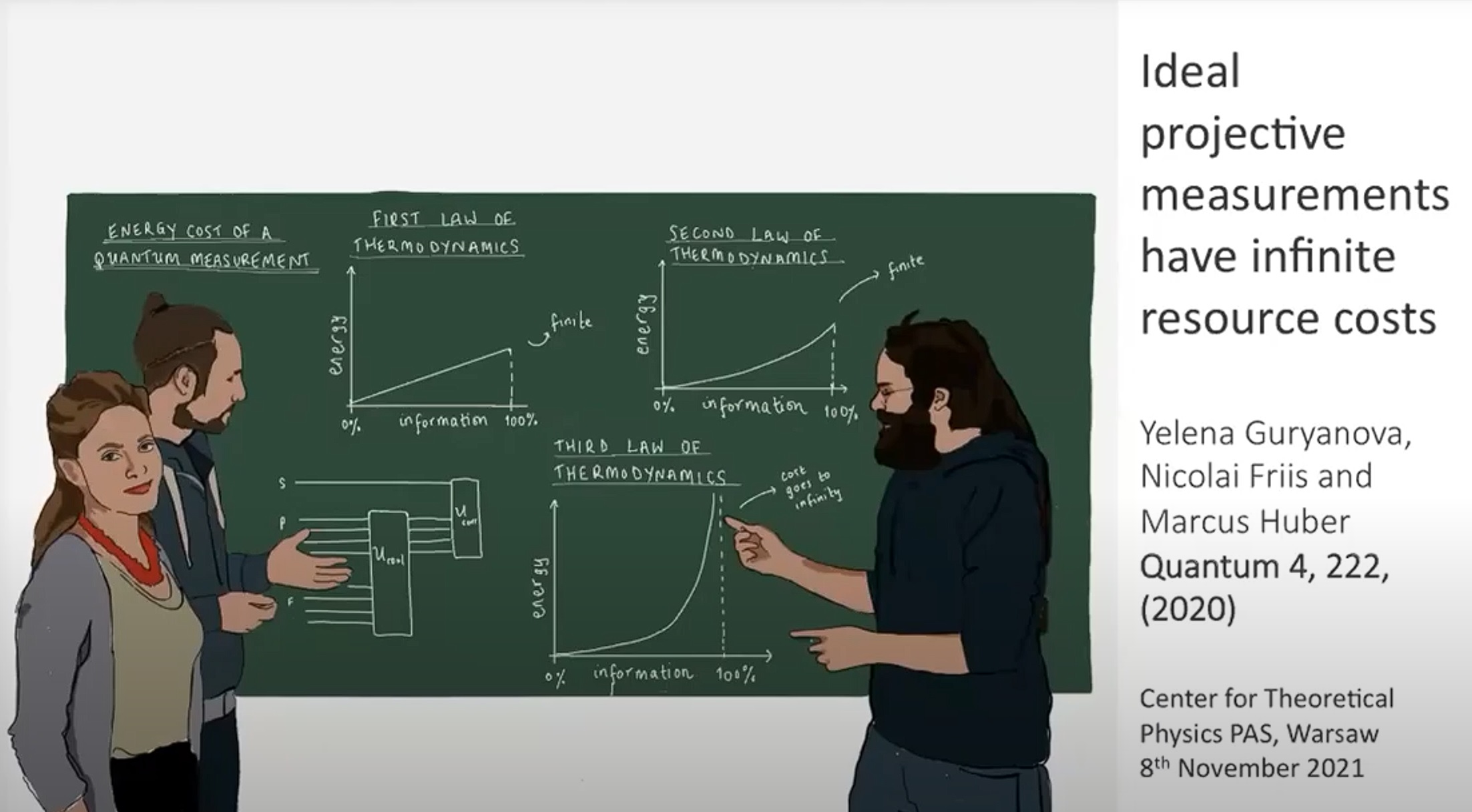
Yelena Guyanova (IQOQI, Vienna): Ideal Projective Measurements Have Infinite Resource Costs10-11-2021
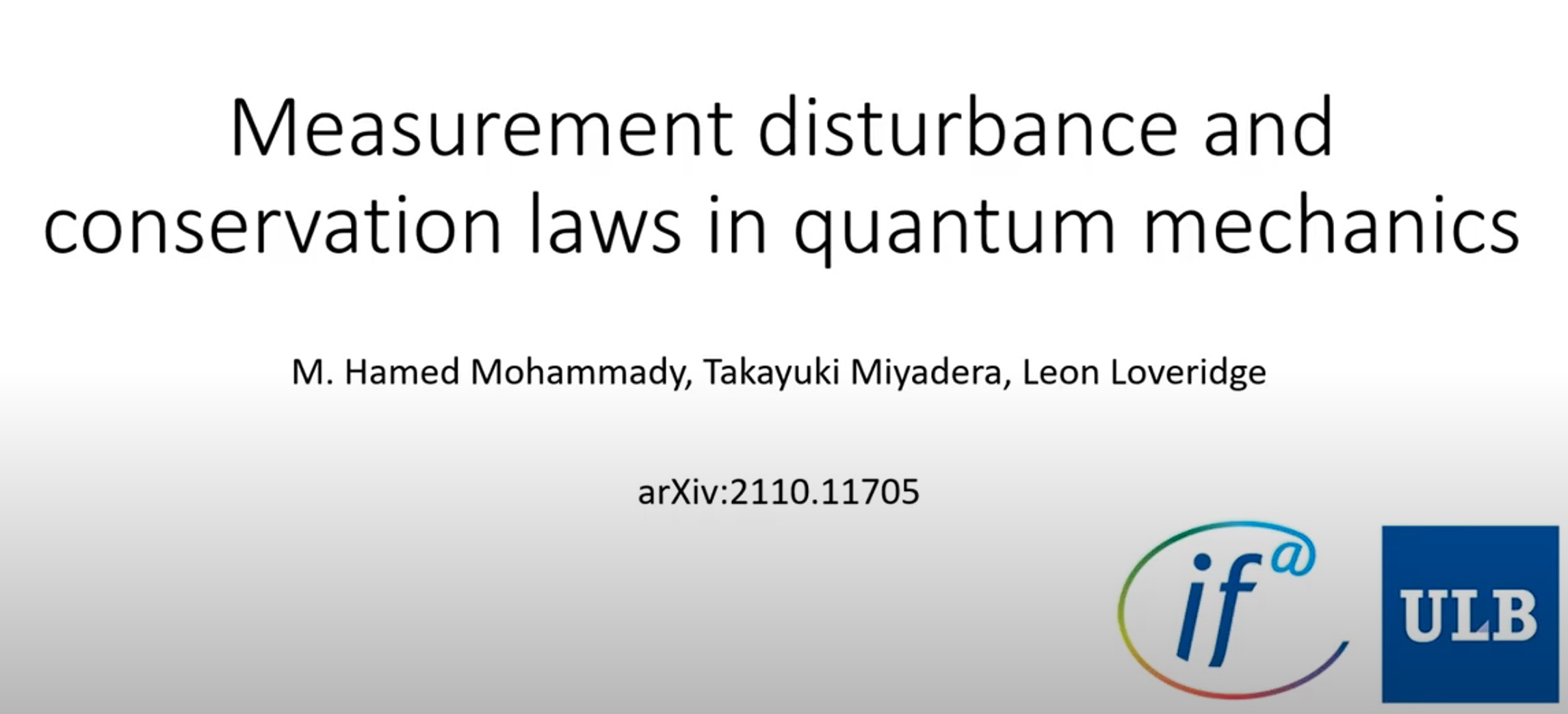
Hamed Mohammady (ULdB): Measurement disturbance and conservation laws in quantum mechanics03-11-2021
